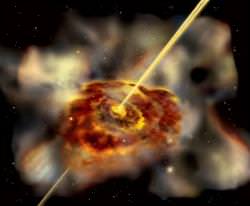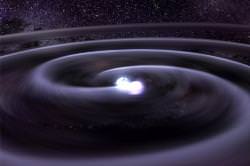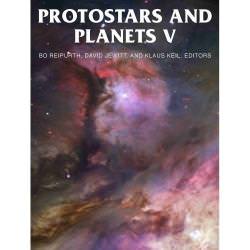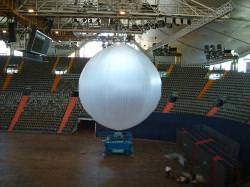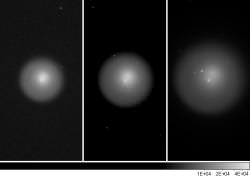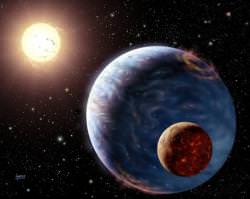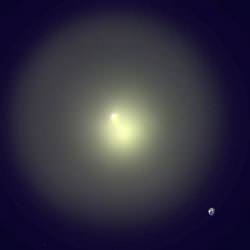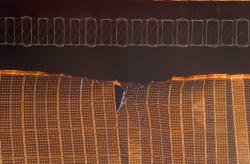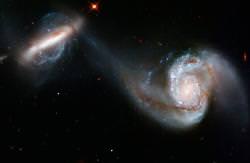If you run a space/astronomy related blog, and would like to get more awareness, participate in the Carnival of Space. Every week, a different webmaster or blogger hosts the carnival, showcasing articles written on the topic of space. It’s a great way to get to know the community, and to help your writing reach a wider audience. If you’d like to be a host for the carnival, please send email to [email protected]
Here’s an archive of all the past Carnivals:
Week 660-661 – Universe Today
Week 658-659 – Urban Astronomer
Week 657 – Next Big Future
Weeks 654-656 were cancelled due to COVID-19
Week 653 – Universe Today
Week 652 – Everyday Spacer
Week 651 – Urban Astronomer
Week 650 – Next Big Future
Week 649 – CosmoQuest
Week 648 – Brownspaceman
Week 647 – Urban Astronomer
Week 646 – Next Big Future
Week 645 – Universe Today
Week 644 – Brownspaceman
Week 643 – Urban Astronomer
Week 642 – Next Big Future
Week 641 – CosmoQuest
Week 640 – Everyday Spacer
Week 639 – Urban Astronomer
Week 638 – Next Big Future
Week 637 – Universe Today
Week 635-636 – Urban Astronomer
Week 634 – Next Big Future
Week 633 – CosmoQuest
Week 632 – Everyday Spacer
Week 631 – Urban Astronomer
Week 630 – Next Big Future
Week 628-629 – Universe Today
Week 627 – Urban Astronomer
Week 626 – Next Big Future
Week 625 – CosmoQuest
Week 624 – Everyday Spacer
Week 623 – Urban Astronomer
Week 622 – Next Big Future
Week 621 – Universe Today
Week 620 – CosmoQuest
Week 619 – Urban Astronomer
Week 618 – Next Big Future
Week 617 – Universe Today
Week 616 – Everyday Spacer
Week 615 – Urban Astronomer
Week 614 – Next Big Future
Week 613 – CosmoQuest
Week 612 – Universe Today
Week 611 – Urban Astronomer
Week 610 – Next Big Future
Week 609 – Universe Today
Week 608 – Everyday Spacer
Week 607 – Urban Astronomer
Week 606 – Next Big Future
Week 605 – CosmoQuest
Week 604 – Universe Today
Week 603 – Urban Astronomer
Week 602 – Next Big Future
Week 601 – Universe Today
Week 600 – Everyday Spacer
Week 599 – Urban Astronomer
Week 598 – Next Big Future
Week 597 – CosmoQuest
Week 596 – Urban Astronomer
Week 595 – Next Big Future
Week 594 – Universe Today
Week 592-3 – Urban Astronomer
Week 591 – Next Big Future
Week 590 – Universe Today
Week 589 – Everyday Spacer
Week 588 – CosmoQuest
Week 587 – Next Big Future
Week 586 – Urban Astronomer
Week 585 – Next Big Future
Week 584 – Chandra
Week 583 – Universe Today
Week 582 – Urban Astronomer
Week 581 – Photon Fishing
Week 580 – Next Big Future
Week 579 – CosmoQuest
Week 578 – Urban Astronomer
Week 577 – Brownspaceman
Week 576 – Next Big Future
Week 575 – Universe Today
Week 574 – Urban Astronomer
Week 573 – Everyday Spacer
Week 572 – Urban Astronomer
Week 571 – CosmoQuest
Week 570 – Next Big Future
Week 569 – Urban Astronomer
Week 568 – NextBigCoins
Week 566-567 – Universe Today
Week 565 – Urban Astronomer
Week 564 – NextBigCoins
Week 563 – Everyday Spacer
Week 562 – CosmoQuest
Week 561 – NextBigCoins
Week 560 – Urban Astronomer
Week 559 – Next Big Future
Week 558 – Universe Today
Week 557 – The Venus Transit
Week 556 – Next Big Future
Week 555 – Everyday Spacer
Week 554 – Urban Astronomer
Week 553 – CosmoQuest
Week 552 – Brownspaceman
Week 551 – Next Big Future
Week 550 – The Venus Transit
Week 549 – Universe Today
Week 548 – Next Big Future
Week 547 – Everyday Spacer
Week 546 – Urban Astronomer
Week 545 – Next Big Future
Week 544 – CosmoQuest
Week 543 – The Venus Transit
Week 542 – Next Big Future
Week 541 – Urban Astronomer
Week 540 – Universe Today
Week 539 – Next Big Future
Week 538 – Everyday Spacer
Week 537 – CosmoQuest
Week 536 – Next Big Future
Week 535 – The Venus Transit
Week 534 – Urban Astronomer
Week 533 – Next Big Future
Week 532 – Everyday Spacer
Week 531 – The Evolving Planet
Week 530 – Universe Today
Week 529 – Next Big Future
Week 528 – Urban Astronomer
Week 527 – The Evolving Planet
Week 526 – Next Big Future
Week 525 – Everyday Spacer
Week 524 – Urban Astronomer
Week 523 – The Evolving Planet
Week 522 – Next Big Future
Week 521 – Universe Today
Week 520 – Urban Astronomer
Week 519 – The Evolving Planet
Week 518 – Everyday Spacer
Week 517 – Next Big Future
Week 516 – Links Through Space
Week 515 – The Evolving Planet
Week 514 – Urban Astronomer
Week 513 – Universe Today
Week 512 – The Venus Transit
Week 511 – Everyday Spacer
Week 510 – Urban Astronomer
Week 509 – Next Big Future
Week 508 – The Evolving Planet
Week 507 – Universe Today
Week 506 – Urban Astronomer
Week 505 – Brownspaceman
Week 504 – Everyday Spacer
Week 503 – Next Big Future
Week 502 – Urban Astronomer
Week 501 – The Evolving Planet
Week 500 – Links Through Space
Week 499 – Next Big Future
Week 498 – Urban Astronomer
Week 497 – Universe Today
Week 496 – Everyday Spacer
Week 495 – Chandra
Week 494 – Next Big Future
Week 492-493 – Urban Astronomer
Week 491 – Links Through Space
Week 490 – Everyday Spacer
Week 489 – Urban Astronomer
Week 488 – Next Big Future
Week 487 – Universe Today
Week 485 – StylishSTEM
Week 485 – Urban Astronomer
Week 484 – Everyday Spacer
Week 483 – Next Big Future
Week 482 – The Venus Transit
Week 481 – Links Through Space
Week 480 – Universe Today
Week 479 – Urban Astronomer
Week 478 – Next Big Future
Week 477 – Everyday Spacer
Weeks 475-476 – No Carnival
Week 474 – Urban Astronomer
Week 473 – Next Big Future
Week 472 – Everyday Spacer
Week 471 – Links Through Space
Week 470 – Urban Astronomer
Week 468-9 – Universe Today
Week 467 – Next Big Future
Week 466 – Everyday Spacer
Week 465 – Urban Astronomer
Week 463-4 – no Carnival
Week 461-2 – Brownspaceman
Week 460 – Everyday Spacer
Week 459 – Urban Astronomer
Week 458 – no Carnival
Week 457 – The Venus Transit
Week 456 – Brownspaceman
Week 455 – Next Big Future
Week 454 – Everyday Spacer
Week 453 – Urban Astronomer
Week 452 – The Venus Transit
Week 451 – Universe Today
Week 450 – Next Big Future
Week 449 – Brownspaceman
Week 448 – Everyday Spacer
Week 447 – Urban Astronomer
Week 445-6 – Photos To Space
Week 444 – Universe Today
Week 443 – The Venus Transit
Week 442 – Urban Astronomer
Week 441 – Photos To Space
Week 439-440 – Next Big Future


